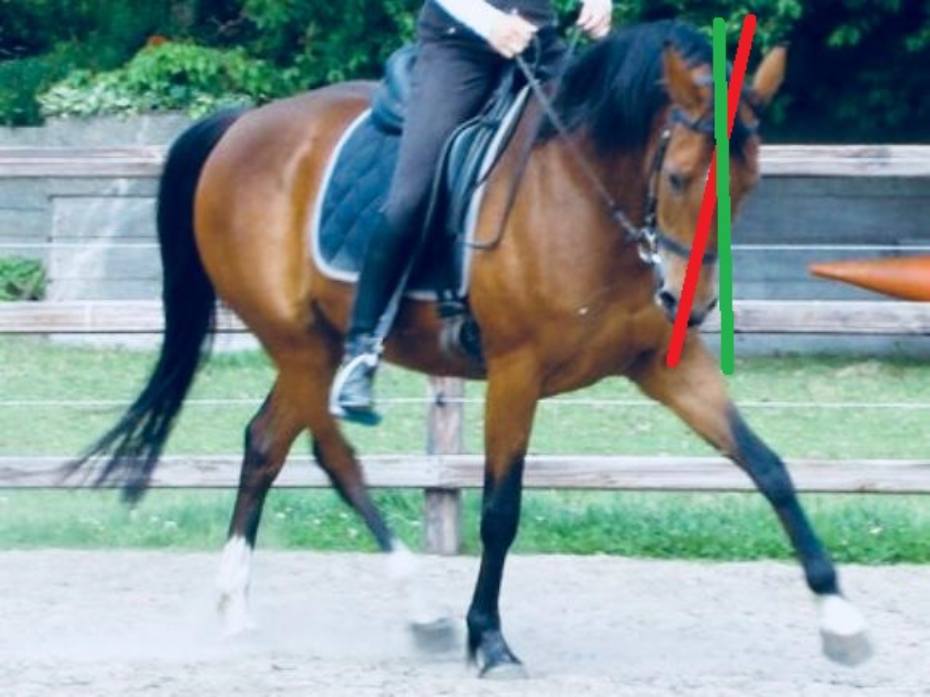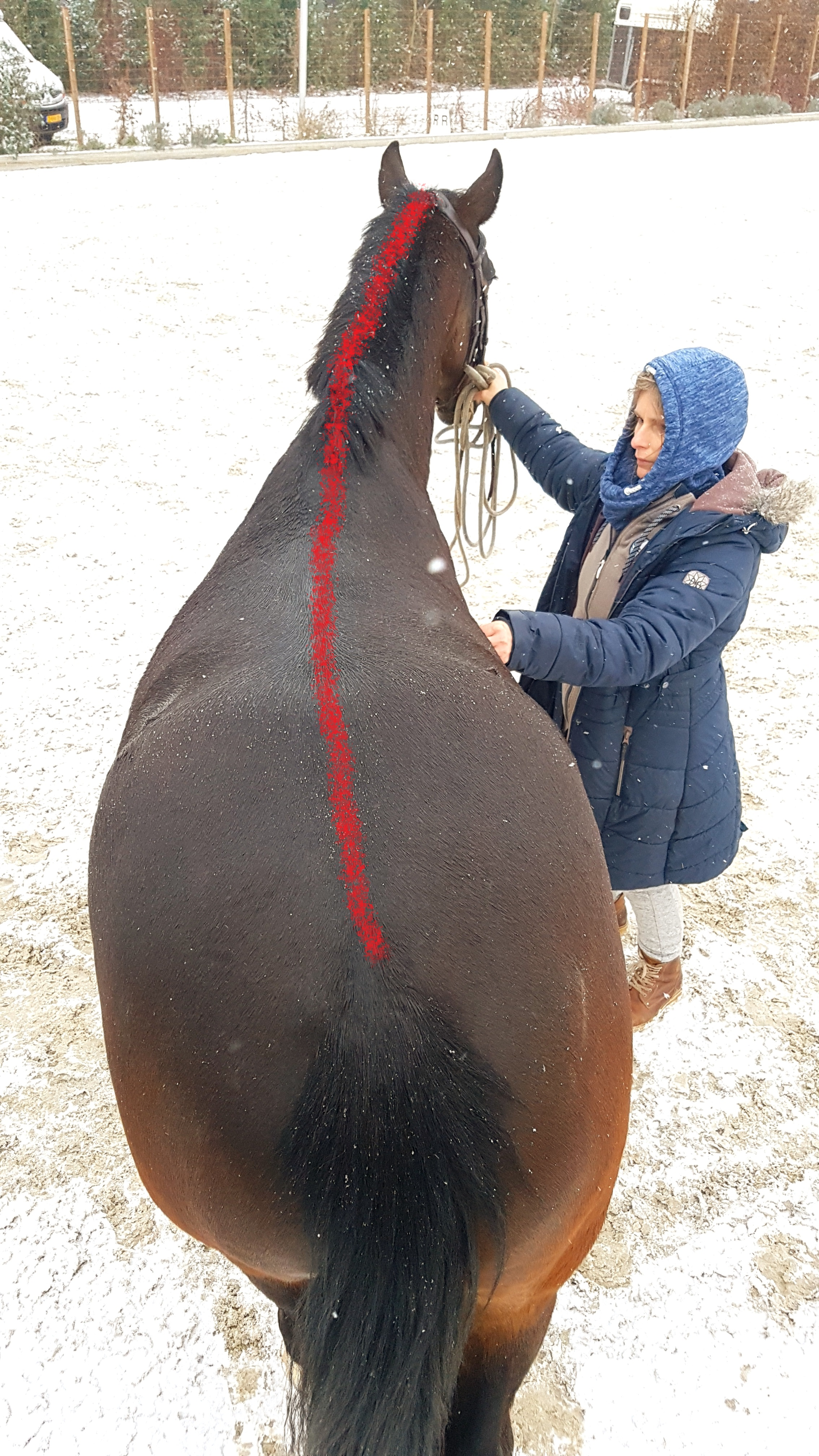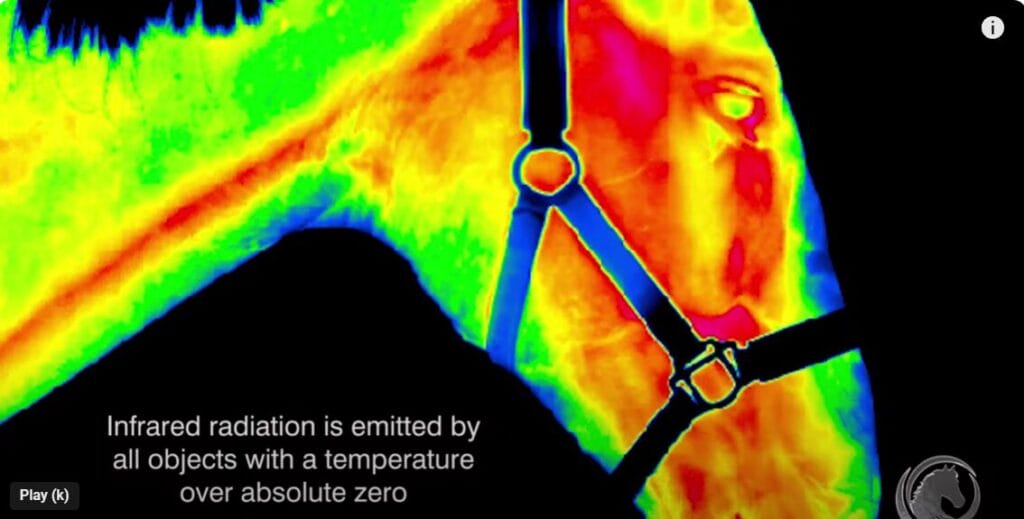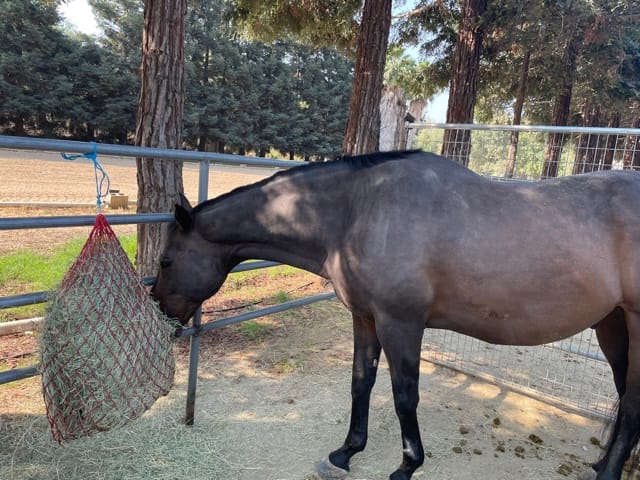WHY A HORSE ISN’T CAPABLE OF CORRECT LATERAL FLEXION IF HE IS NOT VERTICALLY IN BALANCE BY DR KARIN LEIBBRANDT
A horse out of vertical balance cannot bend his body sideways in a correct way. A correct lateral flexion (sidebend) is equally divided over the entire spine from head to tail (see picture 1 below). I very often see horses with too much sideway bending in the neck and no or too little sidebend in the core.
Understanding how lateral flexion works
The biggest amount of lateral flexion is possible in the neck, which is one of the reasons why the neck often has too much of it – it happens so easily. The horse can bend sideways in his thoracic spine as well, but this is much more work for him and more challenging for the rider to ask. In the lumbar area there is not that much lateral flexion possible. In a correct bend on a large circle, the lateral flexion is equally distributed over the spine, as it will not exceed the extent to which the lumbar spine can bend sideways. But if a horse has to do more complicated exercises like smaller circles or advanced lateral work, the thoracic vertebrae need to contribute relatively more to the lateral flexion. (See picture 2 above)
If a horse is falling on the left shoulder, he braces his core (making our inside leg useless) and wants to bring his head upward and to the right to balance himself. If we ask the horse to bend to the left, the only place where he can respond is his neck vertebrae and if he does, he brings his head inward (to the left). In that case, the weight on the left front leg increases further, the horse will get even more out of balance and the spine will get another “kink” in it, in addition to the one he already had from being right bent.
The head of the horse is following the red line. With a correct lateral flexion and enough length in the neck, the horse should follow the green line.
A horse has several ways to respond to this problem. He can resist, show signs of discomfort, refuse to bend to the left with his neck by hardening the rein/ pulling back, shortening the neck, tilting the head or on a circle placing the hindquarters outward.
So before we can ask the horse to do lateral flexion we need vertical balance and a straight spine, in order for the horse to relax and soften his body enough to be able to bend. AND the lateral flexion needs to come from the core and not from the neck!
To find out more about compassionate training techniques and all the biomechanics behind a balanced horse, please visit www.equitopia.com for a video course and book on this subject. This will provide you with all the details you need to change your horse’s life and let him experience comfort and confidence during the training. In the past 17 years that I’ve been training horses and riders I could always tell when a combination had found it’s balance – the snorting of the horse, the effortlessly moving horse and the smile on the face of the rider!







